|
By Shelby Gibson While the weather may not be a good indication, now is the perfect time to start the process of growing many of Ontario’s native plants. Growing native plants is becoming an increasingly important skill as more restoration projects focus on growing native species, and as home gardeners try to support declining pollinator populations. There is an increasing interest in growing native plants, however growing them is different from many other commonly grown garden plants. When growing native plants from seeds germination rates will be partially determined by the method of seed preparation used. Many native plant seeds need to be started in the fall or winter. There are various methods of preparation which are used to break the seeds dormancy and encourage germination. A process called cold stratification is used to mimic outdoor conditions that the plant would experience in its natural environment. This means placing the plants in the fridge for a period of time prior to germination (e.g. 60 days) inside a plastic bag or container. The length of time the plants undergo cold stratification varies between species. Another factor is moisture, meaning some plants need to undergo cold moist stratification. In this case, a source of moisture, such as a damp paper towel, is placed in the container or bag with the seeds during stratification. Yet another type of preparation required by some seeds is scarification, where the outer layer of the seed needs to be physically broken down in order for germination to occur. This can be done with items such as sandpaper. After their preparation period, native plant seeds can be started in a soil mixture in pots or trays. Some require being placed inside the soil while others require simply being sprinkled on top of the soil. The diversity of ways to start native plant seeds represents the great diversity of native plant species the seeds produce. Diversity in methods of preparation and growing means that native plants can be somewhat more complicated to get going. It is important to learn the requirements of each plant prior to beginning in order to ensure that each particular species is prepared correctly. This will lead to increased success with germination and eventually with transplanting the seedlings outdoors. Healthy seedlings are important to the success of planting and restoration projects, and therefore the skill of growing native plant seedlings is important as well. Growing native plants from seeds can be a highly satisfying experience, with the added bonus of providing food for some of Ontario’s native fauna! Helpful Resources: Native Plant Network – Propagation Protocols; https://npn.rngr.net/propagation/protocols Indigiscapes.com – A Native Plant Propagation Guide and Nursery Model; https://indigescapes.com/blog/printed-version. North American Native Plant Society – Indoor Native Seed Stratification; https://nanps.org/96358-2/. And always be sure to follow the ethics of seed collection: North American Native Plant Society - Seed Collecting; https://nanps.org/seed-collecting/. Blooming Boulevards - Seed Collectors Code of Ethics; http://www.bloomingboulevards.org/ethical-standards-forr-naseed-collecting. 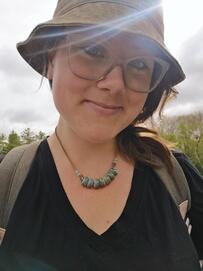 About the Author Shelby Gibson (B.Sc., M.E.S.) is a PhD Candidate at York University using a biocultural lens to further understand plant-pollinator interactions. Shelby's research focuses on native medicine plants and other culturally significant plant species. Shelby is interested in solving conservation-related problems using a social-ecological perspective. Follow along on Twitter to keep up with research updates! (@GibsShelby).
3 Comments
11/22/2023 08:02:39 am
Love the post! Thank you for the inspirations!
Reply
12/15/2023 12:44:52 am
Chapter is combined for the approval of the joy for all people. The manner of the field and for the induction. Range is implied for the switching is for the terms. Surface is enhanced for the chelates.
Reply
Leave a Reply. |
ELB MembersBlogs are written by ELB members who want to share their stories about Ontario's biodiversity. Archives
January 2023
Categories
All
|


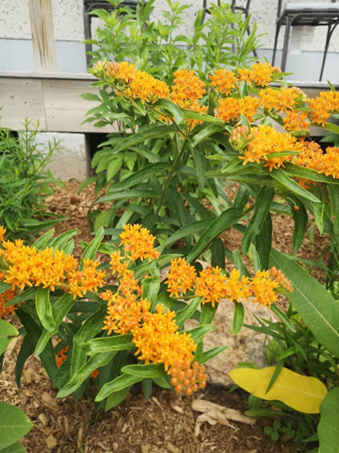
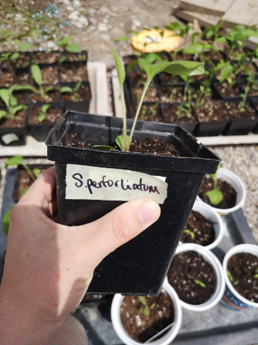
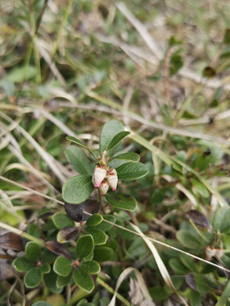
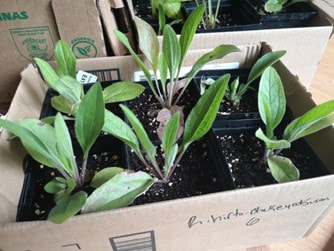
 RSS Feed
RSS Feed